Ribosome- Definition, Structure, Types and Functions of Ribosomes
Ribosomes are non-membranous tiny granules present inside the cell which are the site of protein synthesis.
A bacterial cell contains a few thousand ribosomes. But a human liver cell consists of million ribosomes as protein synthesis is higher in these cells.
Cells that have high protein synthesis have a particularly great number of ribosomes. Cells that are actively involved in protein synthesis also possess prominent nucleoli. These nucleoli synthesize the ribosomes which further help in protein synthesis.
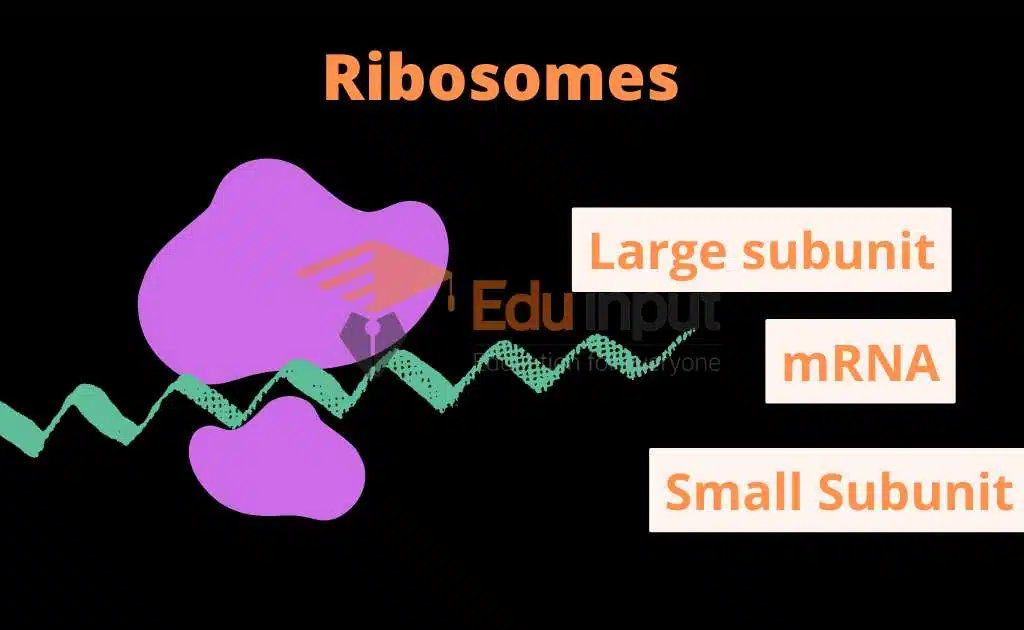
Discovery of Ribosomes
The Ribosomes were observed in the mid-1950s for the first time. They were observed by a Romanian-American cell biologist George Emil Palade who used an electron microscope. He observed dense particles or granules in the cell.
The term “ribosome” was proposed by scientist Haguenau at the end of 1958.
In 1974 Albert Claude, Christian de Duve, and George Emil Palade were awarded the Nobel Prize in Physiology, for the discovery of the ribosome.
The Nobel Prize in Chemistry was awarded to Venkatraman Ramakrishnan and fellows for determining the detailed structure and mechanism of the ribosome.
Chemical composition of Ribosomes:
Ribosomes are composed of an equal amount of RNA and Proteins. Hence they are called ribonucleoproteins particles. Ribosomes contain ribosomal proteins and RNA (rRNA).
The prokaryotic cell contains ribosomes which roughly consist of 40 percent protein and 60 percent rRNA. While in the eukaryotic cell, ribosomes are about half protein and half rRNA.
Ribosomes are usually made up of three or four rRNA molecules and about 40 to 80 different ribosomal proteins.
Types of Ribosomes
Ribosomes mainly function in two cytoplasmic locations so there are two types of Ribosomes depending on their location.
Free Ribosomes:
They are present in a suspended form in the cytoplasm. Most proteins synthesized by the free ribosomes will function within the cytosol. The free ribosomes are abundant in the cells growing by the addition of cytoplasm.
Bound Ribosomes:
They are attached to the outer membrane of the endoplasmic reticulum. The proteins of bound ribosomes are stored in the inclusion of membranes. Or these proteins are transported from the cell. Some cells specialize in protein secretion like the pancreas and other glands.
These cells secrete digestive enzymes. They have a high proportion of bound ribosomes.
Occurrence of Ribosomes:
Ribosomes are present in two from.
- Freely dispersed from in cytoplasm.
- Attached with RER as tiny granules.
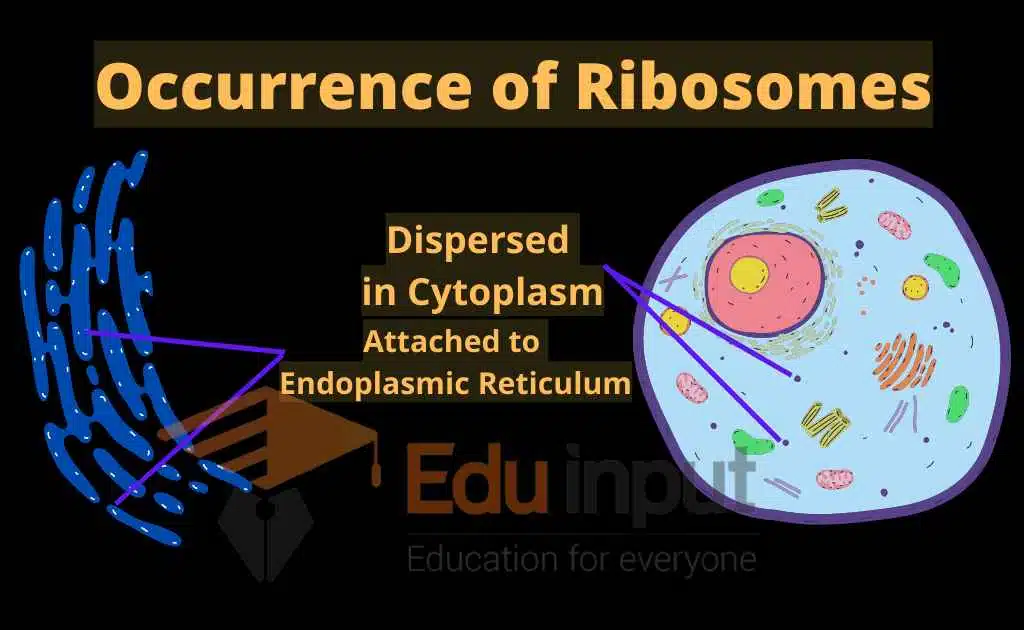
Formation of Ribosomes:
Ribosomes are synthesized in the nucleolus of the nucleus. The nucleoli are factories of ribosomes. The ribosomes pass through pores in the nuclear membrane and enter the cytoplasm.
Structure of Ribosomes
Bound and free ribosomes are structurally identical and interchangeable. The cells can adjust the number of the ribosome. Each ribosome consists of two subunits.
Sub-Units of Ribosomes:
The ribosome of the eukaryotes consists of two subunits. The large subunit is the 60S. The small subunit is the 40S. “S” is the Svedberg unit. The S is the rate of sediment formation during ultracentrifugation.
These two sub-units attach to form 80S particles. This attachment is controlled by Mg ions. The ribosomes are attached to messenger RNA through a small ribosomal unit.
Difference between Eukaryotic and Prokaryotic Ribosome:
In eukaryotes, The ribosomal subunits are made in the nucleolus from RNA. The rRNA is synthesized in the nucleus. Protein is imported from the cytoplasm. These two subunits join to form a functional ribosome.
Certain drugs (antibiotics) can affect the prokaryotic ribosomes. But they have no effect on the eukaryotic ribosomes.
Functions of Ribosomes
The ribosome plays a key role in the translation of the genetic message. The mRNA carries these genetic messages from the nucleus to the cytoplasm. This message is translated into the ribosomes.
It forms a specific primary structure (amino acid sequence) of a polypeptide chain. The prokaryotic ribosomes are smaller than eukaryotes. Their molecular composition is different. It differentiates prokaryotes from eukaryotes. Medically, this difference in ribosomes is also significant.
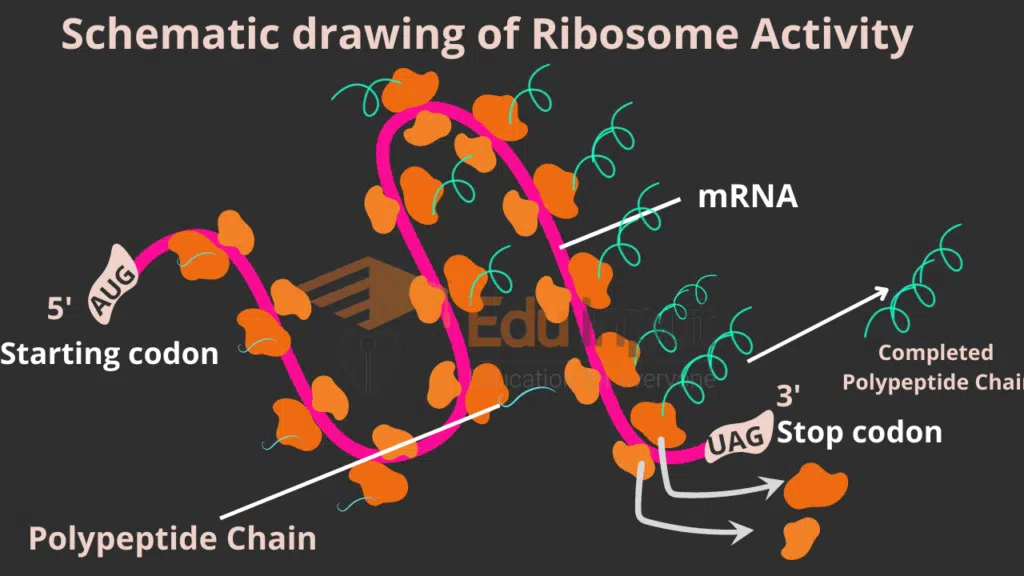
Frequently Asked Questions-FAQs
What is Ribosome?
The ribosome is an intracellular organelle, that is involved in protein synthesis. It constitutes two subunits.
What is the main function of Ribosome?
Ribosome primarily performs two functions;
Decoding of the message of RNA
Formation of peptide bonds
Why do cells need ribosomes?
Cells need protein to perform efficiently. And ribosomes are the protein factories, which is why cells need ribosomes to get proteins.
What is the structure of ribosome?
The ribosome is made up of two subunits, one of the size 60s and a smaller unit of 20s. The size of subunits differs in different types of cells.


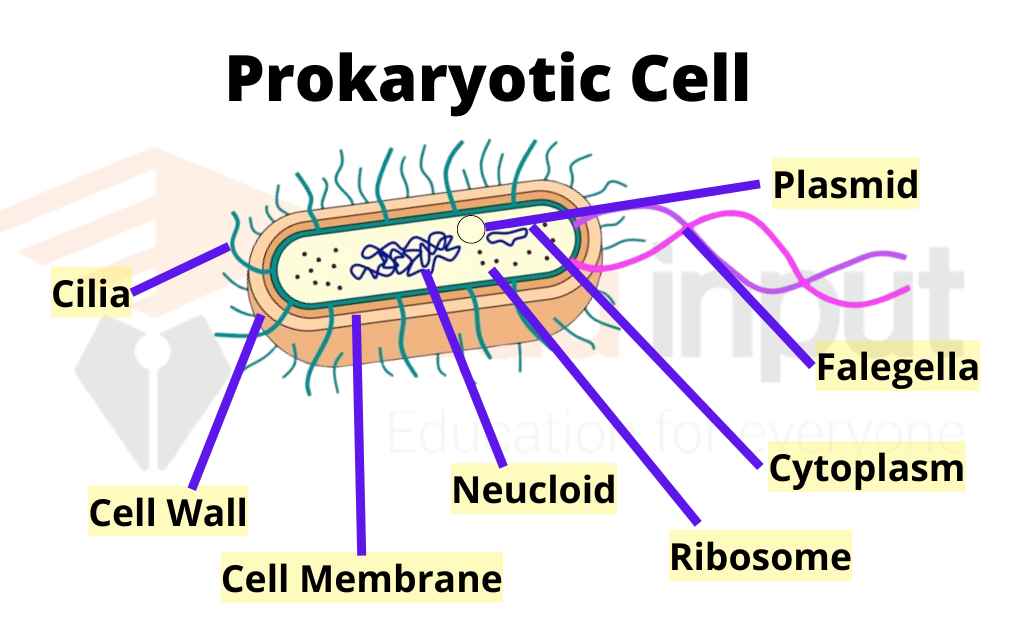

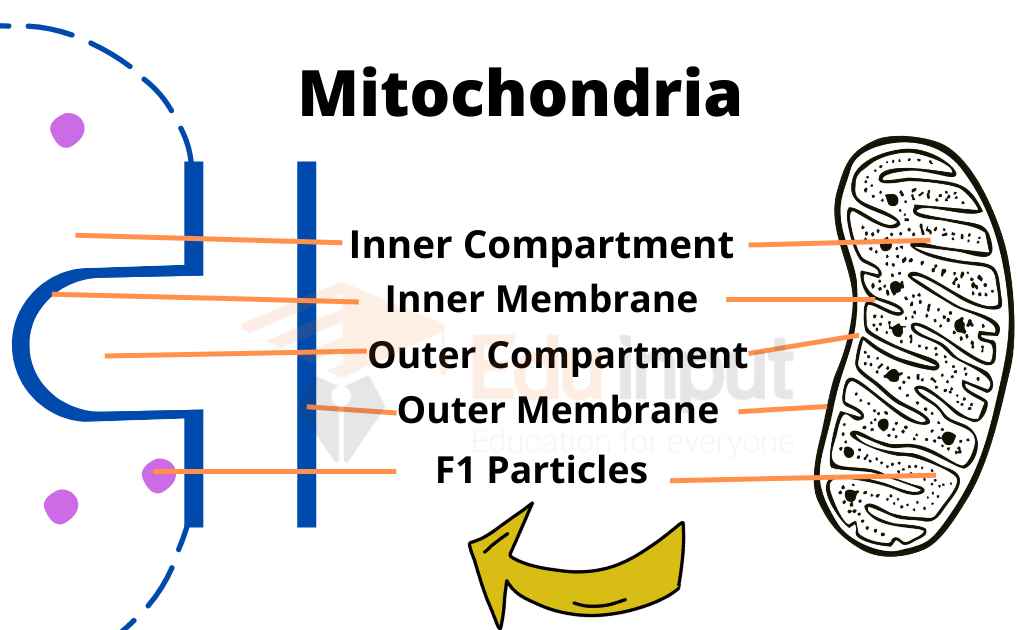

Leave a Reply